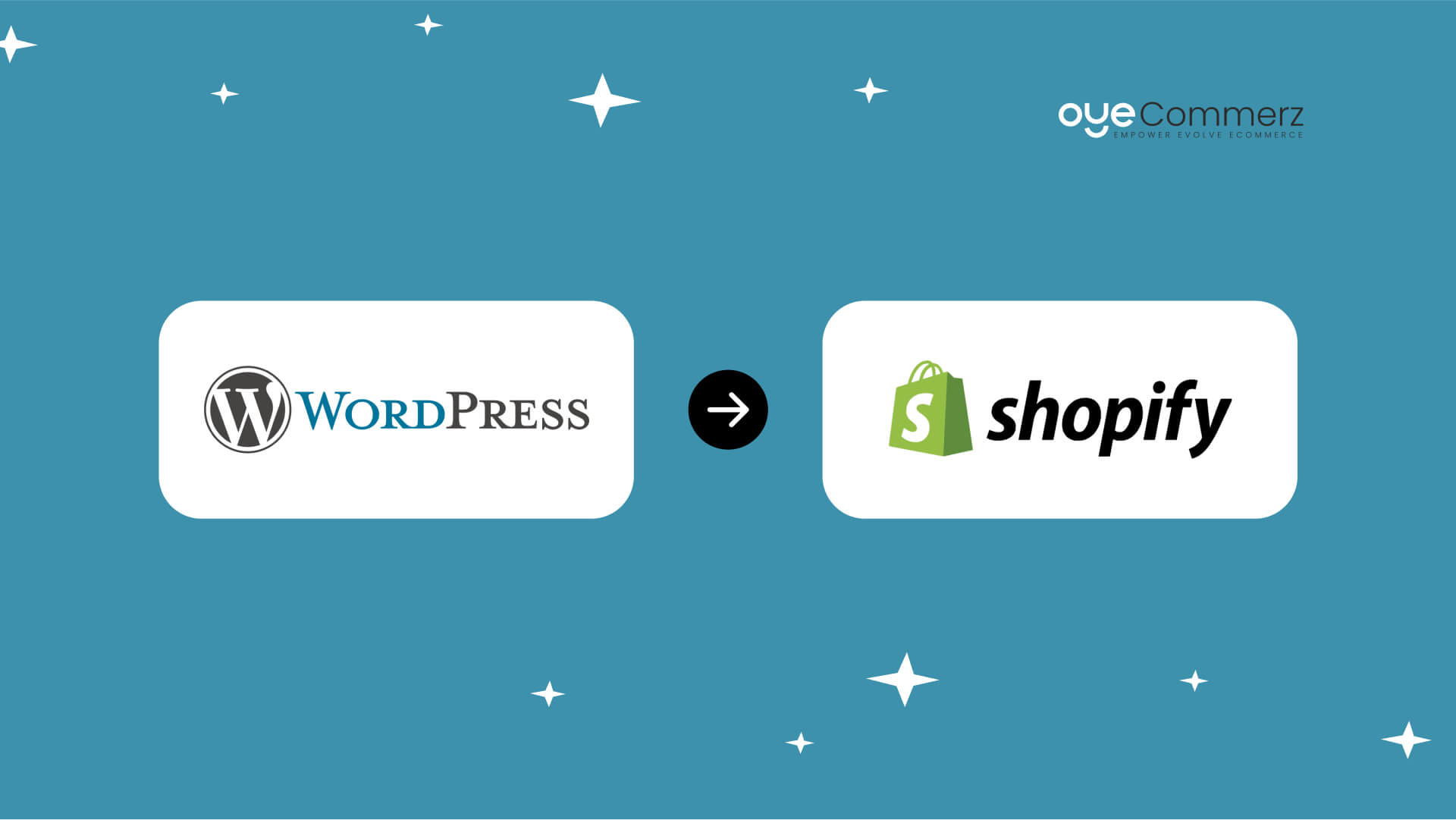Scaling an e-commerce store requires adaptability, growth, and delivering outstanding customer satisfaction.
If you’re planning to migrate from WordPress to Shopify, you’re likely aiming for superior performance, greater functionality, and a more future-proof platform.
Follow this comprehensive roadmap to master the key strategies, insights, and steps for a smooth transition to Shopify.
Why Consider Moving from WordPress to Shopify?
Although WordPress is highly adaptable, managing e-commerce through plugins can hinder seamless growth.
Shopify is designed specifically for online retail, offering powerful tools, security, and scalability to fit businesses of any size.
As of 2024, Shopify powers over 4.5 million online stores worldwide, solidifying its position as a leader in e-commerce.
A move to Shopify enhances areas like payment solutions, order handling, and mobile-friendly design.
This is your detailed plan for a successful migration journey.
Step 1: Evaluate Your Online Store's Requirements
Begin with a detailed assessment of your store’s strengths, weaknesses, and goals.
Highlight limitations like slow loading speeds or plugin dependencies that hinder scalability.
Shopify’s native functionalities, including Shopify Payments and pre-built themes, simplify operations and boost performance.
Step 2: Develop a Detailed Migration Strategy
An unorganized migration process may cause disruptions, data mishandling, or extended delays.
Prepare for a seamless move by addressing essential aspects like inventory details, customer databases, and sales records.
Utilize Shopify’s migration features and compatible apps to ensure safe data transfer and minimal disruption.
Step 3: Customize Your Shopify Store
Shopify’s customization options let you design a store that aligns perfectly with your brand.
Browse the Shopify Theme Store for templates or modify them to enhance user experience.
Premium themes like “Impulse” and “Prestige” offer advanced features and mobile-friendly designs.
If you’re an enterprise business, Shopify Plus customization takes your branding to the next level.
Partner with Oyecommerz to design Shopify Plus themes tailored for high-performing online stores.
Step 4: Preserve Your SEO Rankings
Maintaining your SEO settings is crucial to keeping your website visible in search results.
Shopify offers URL redirection to ensure that your visitors land on the right pages.
Optimize metadata and link to Google Analytics for seamless SEO tracking on Shopify.
Studies show that overlooking SEO during migration often leads to a drop in site traffic.
Step 5: Integrate Essential Shopify Apps
Shopify’s extensive app ecosystem offers tools to enhance store functionality and optimize performance.
Enhance customer retention with tools like Klaviyo and Yotpo designed for email and review management.
Use Shopify API integrations to connect your store with external systems effortlessly.
Let Oyecommerz connect third-party solutions to your Shopify store for smoother operations.
Step 6: Optimize for Mobile Users
Mobile shopping now represents over half of online purchases, emphasizing the need for mobile-friendly design.
Shopify’s responsive themes ensure your store looks great and functions smoothly on mobile.
Simplify the checkout process for mobile users with Shopify’s secure payment tools like Shop Pay.
With optimized navigation and fast loading times, your store can thrive in the mobile-first era.
Step 7: Prepare Your Team for Shopify
Training your team to navigate Shopify ensures they maximize its features effectively.
Teach staff how to manage products, track orders, and utilize reporting tools for insights.
Well-trained staff can make the most of Shopify’s features, improving overall Oyecommerz migration services store efficiency.
Step 8: Conduct Thorough Pre-Launch Testing
Test your store rigorously to ensure all systems function smoothly before launching.
Check for broken links, missing redirects, and accurate product details.
Validate payment gateway functionality and test the checkout process on multiple devices.
Proper testing guarantees your customers will experience a polished and professional site from day one.
Step 9: Promote Your Migration Strategically
A successful migration is a great opportunity to engage and excite your audience.
Send personalized emails and post updates on social media to announce your improved store.
Showcase features like faster load times and a secure checkout to build trust and excitement.
Conclusion: Empower Your Business with Shopify
Migrating from WordPress to Shopify Shopify theme customizations is more than a technical change—it’s a transformative step for your business.
From scalability to intuitive tools, Shopify equips your store to thrive in competitive markets.
Whether you’re a startup seeking simplicity or an enterprise requiring advanced capabilities, Shopify delivers.
Partnering with Oyecommerz ensures a smooth migration with minimal disruption to your operations.
Trust Oyecommerz to make your migration stress-free and maximize your store’s capabilities.
Take the next step in transforming your store—contact us to start your Shopify migration today.

Comments on “The Ultimate Guide to Migrating Your E-commerce Store from WordPress to Shopify”